Disrupting the Workplace Design, The Emergence of Generation Z
Today’s demographic of office workers and professionals in general is about to change.
And though the rest of the industry are still coming into terms with the changes brought upon the emerging Generation Y, the newest group, Generation Z is already looming in the distance. Its first batch of college graduates are predicted to enter the labor force by the end of this decade. Simultaneously, its predecessor will hit its peak as a major contributor to today’s working population – creating a new challenge for workplaces and employers around the world.
In order for both groups to get along with one another and in exist in the same environment, administrators – and workplace providers – need to come up with strategies that will serve the emerging needs of Generation Y and at the same time, can anticipate the demands of the coming young Generation Z
Generation Z
Undeniably, both groups share similar characteristics such as smaller family sizes, hefty dependence on online social media and portable technologies to name a few, one would assume that Generation Z would be similar to their seniors but each group have traits that differ them from one another.
Generation Z had broad traits of immediacy, confidence and tolerance. The aforementioned lot values social connection and carries with them a strong desire to rebuild institutions. These young professionals enjoy a seamless balance of both work and personal life. Moreover, they believe that their respective jobs should contribute to the greater good of society. Considered to be the ones responsible behind the trend of open layouts and shared offices, they enjoy the ambiguity and flexibility of unstructured workspaces.
They are true digital natives that have become well-versed in the art of multi-tasking than the older generations. Their entrepreneurial mindset resulted to high expectations on how employers would treat them. In addition to this, health and wellness amenities should be a must for them though it was considered as a luxury by earlier groups.
And as the group start to dominate the workplace, companies – and office space providers – will have to come up with fresh office strategies that will keep the next generation of talent, happy.
Campus Inspired
JLL’s Senior Vice President of Workplace Strategy Amanda Kross says that modern college campuses are emphasizing the importance of good connectivity and flexible space in their designs.
She adds that two big drivers behind the campus design trends today are the movement towards active learning teaching methods and the industry’s growing demand for individuals who can offer multiple disciplines to their role.
Majority of US campuses now have collaborative multi-purpose facilities complete with wifi and outlets for plugging laptops. Residence halls are also incorporating study rooms that gives students a better experience.
Senior Vice President of JLL, Dean Monnin says that both employers and office space providers should keep in mind that these budding professionals come from environments that allows them to move anytime they like. He suggests taking a good look and observation of these campus changes that can be translated into corporate offices. By doing so, leaders are future proofing their enterprises for generational change.
The Generation Z demands an effusive environment that can cater to their needs and could help maintain their overall well-being – physically, mentally and emotionally. If their employer can’t provide them with dynamic workspaces, they’ll continue their job search.
Kross adds that it’s crucial that corporates continue on observing trends and other studies that could help them build workspaces that builds community and collaboration. She further adds that the great offices of the future are ones that are similar to college campuses in terms of cultivating community.
Still, there’s no need to panic. The oldest members of the aforementioned generation are the ones who are currently entering the industry. For the meantime, companies can continue to learn and experiment with workplace strategies to attract the best recruits.

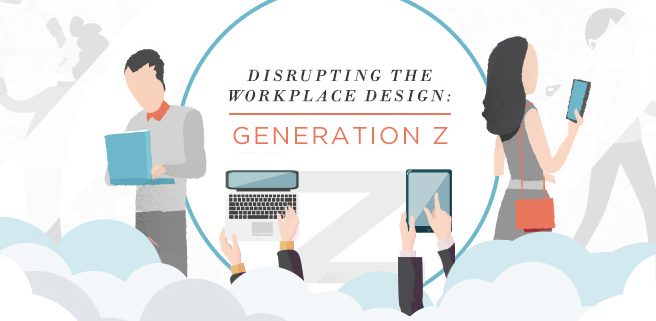
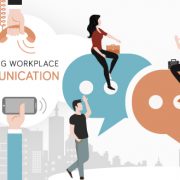


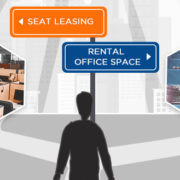
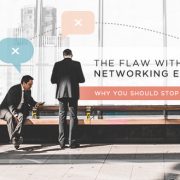
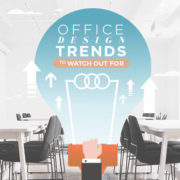

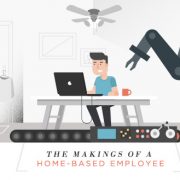



Leave a Reply
Want to join the discussion?Feel free to contribute!